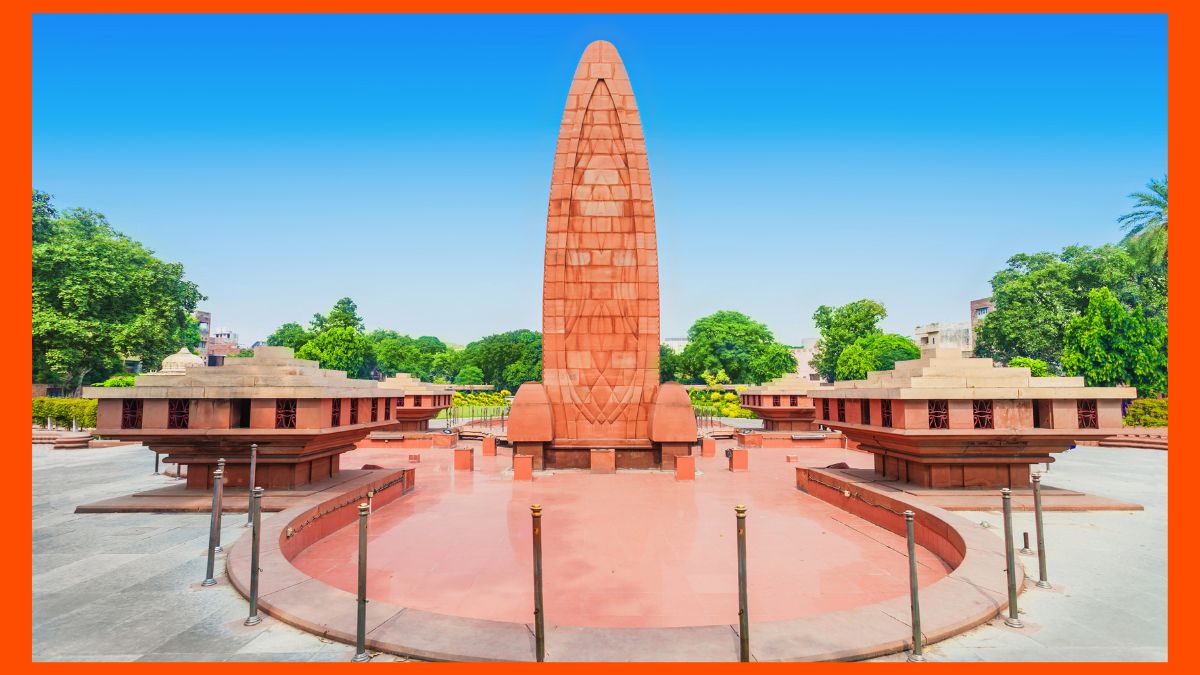Jallianwala Bagh Massacre: The massacre sparked global outrage and fueled the independence movement, serving as a reminder of imperial rule and a memorial to the victims.

Jallianwala Bagh Massacre: The Jallianwala Bagh massacre, occurring in Amritsar, Punjab, on April 13, 1919, during British colonial rule, stands as a pivotal moment in Indian history. It marks the conclusion of a tragic chapter in India’s struggle for independence. On that fateful day, a group of unarmed Indian civilians gathered in Jallianwala Bagh to peacefully protest British policies when British forces, led by Colonel Reginald Dyer, opened fire on them. The indiscriminate gunfire resulted in numerous injuries and hundreds of fatalities.
The brutality of the massacre sparked outrage across India and around the world, galvanizing the resolve of those fighting for freedom and fueling the independence movement.
To this day, the day serves as a reminder of imperial rule and as a memorial to those who sacrificed their lives in the pursuit of India’s independence. Jallianwala Bagh stands as a testament to the victims and their courage in the face of injustice.
Unknown Facts About The Jallianwala Bagh Massacre:
Jallian Wala Bagh is not a park or garden but rather an enclosed space surrounded by buildings and structures forming the back walls of the area, with walls enclosing the other three sides.
The only entrance to the ground area is through the main gate.
Approximately 10,000 people had gathered for a peaceful demonstration against the oppressive Rowlatt Act imposed by the colonial authorities.
Following the peaceful protest of around ten thousand people against the repressive Rowlatt Act, Colonel Reginald Edward Harry Dyer ordered his troops to open fire upon arriving at Jallianwala Bagh with a force of five soldiers.
The firing continued for about fifteen minutes.
Approximately 1,650 rounds were fired into the crowd.
In addition to those killed by gunfire, some victims lost their lives by jumping into a well to escape.
The British response to the massacre was not uniform. While General Dyer received a sword with the inscription “Savior of the Punjab” from the House of Lords, Sir Winston Churchill, the Secretary of War at the time, condemned the massacre.
On June 29, 2009, Shingara Singh, the sole surviving witness of the Jallianwala Bagh massacre, passed away in Amritsar at the age of 113.